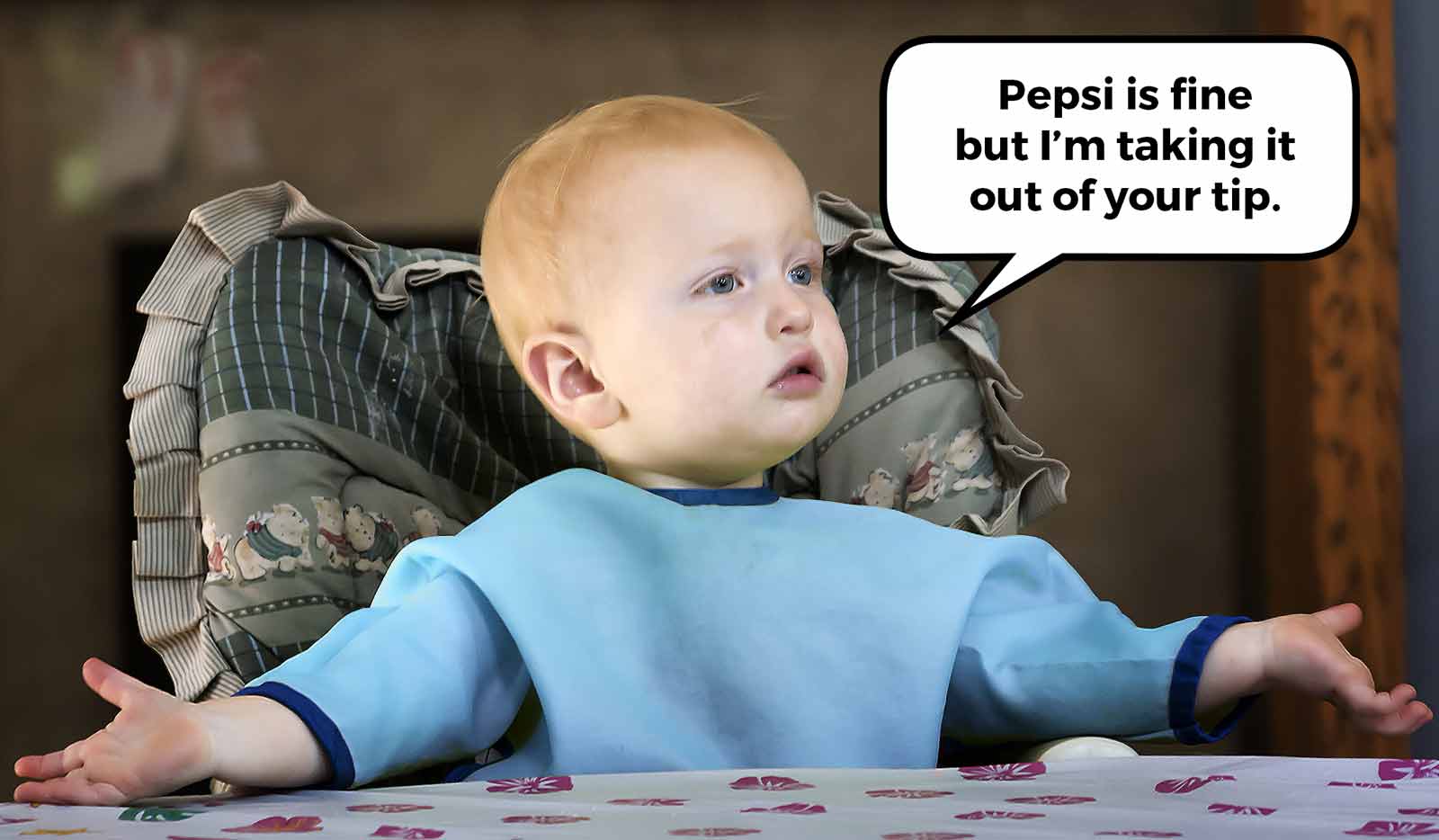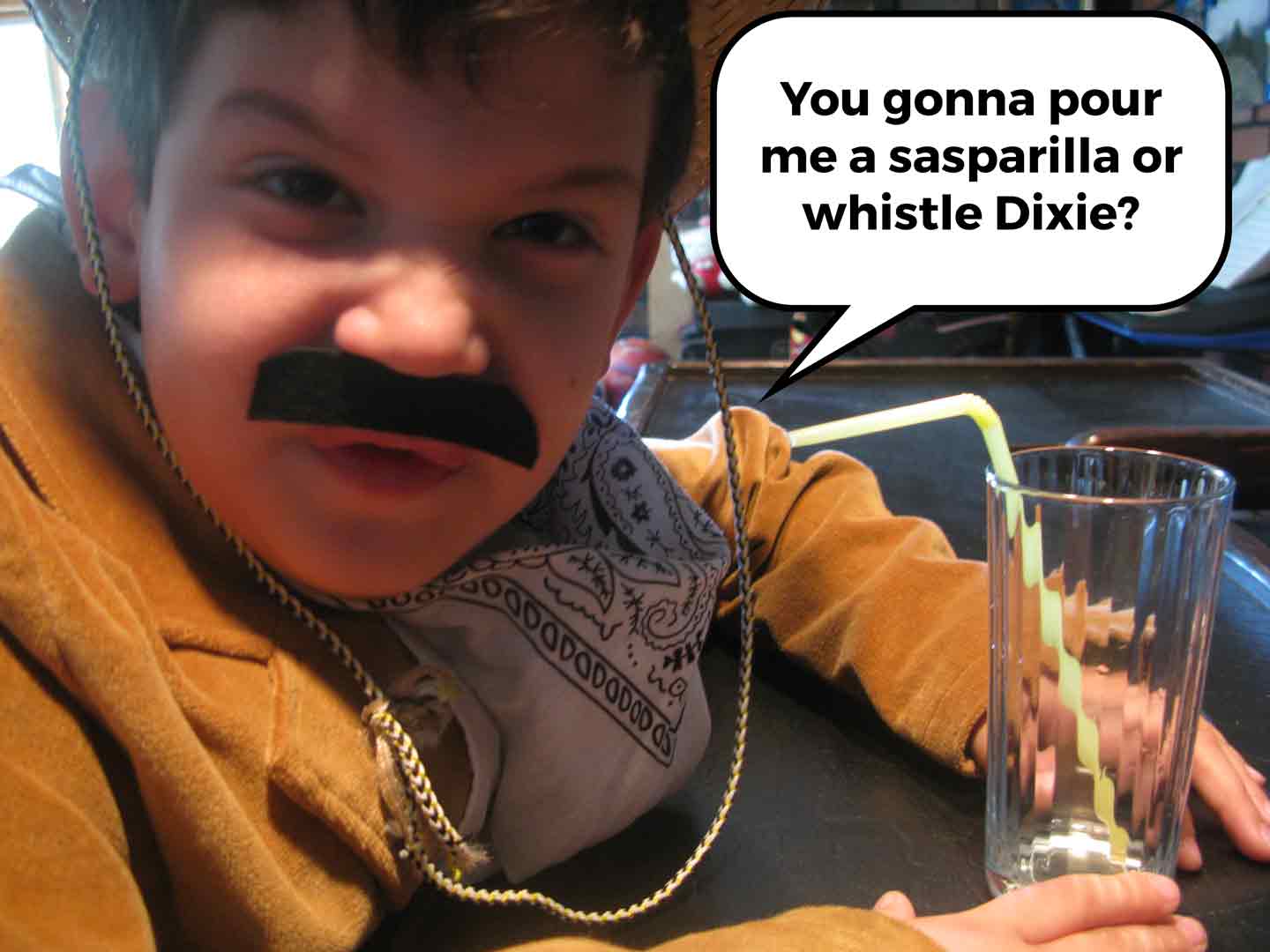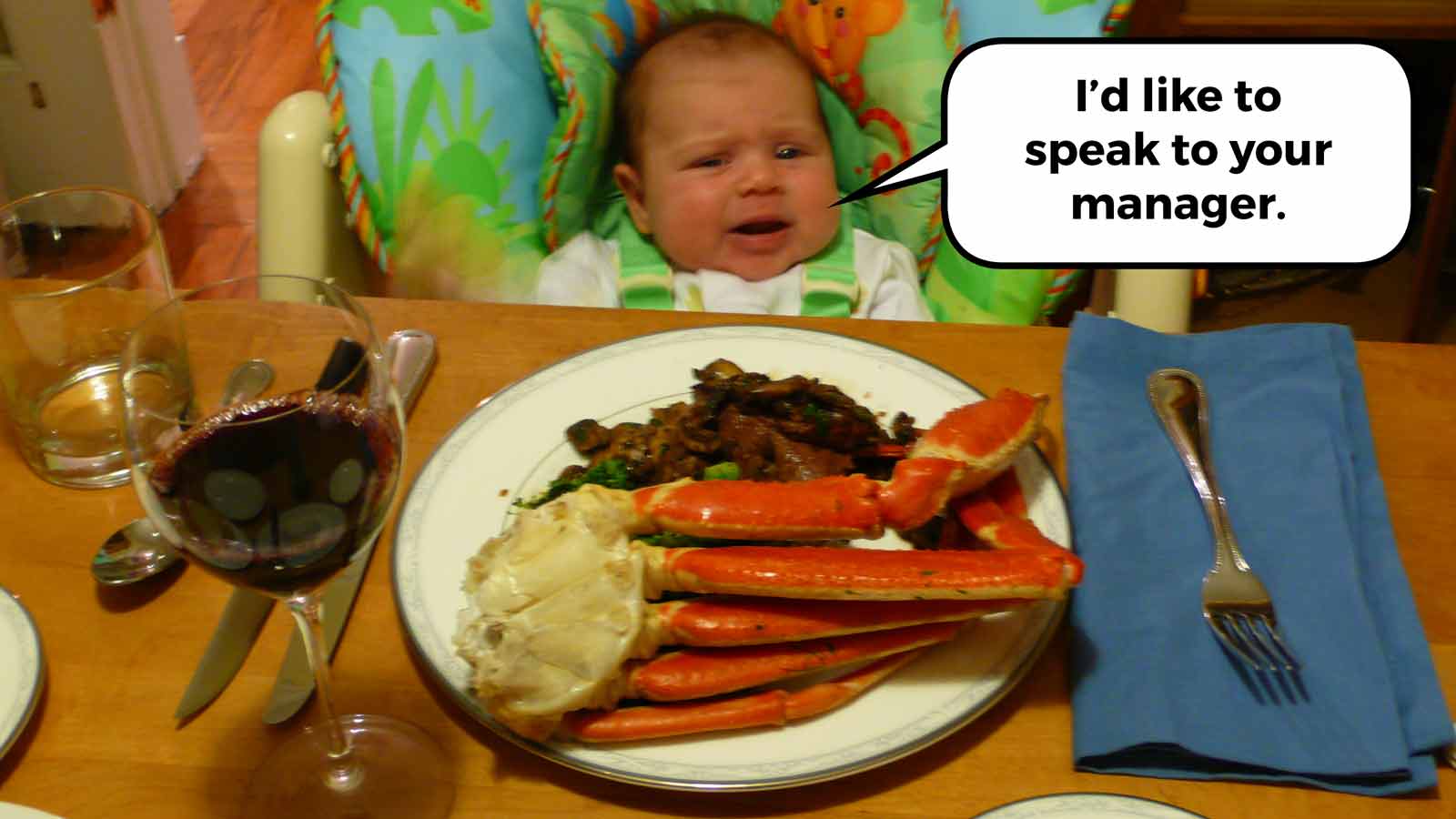As a teenager, while sweating my way through a series of character-building summer jobs, I did a stint as a waiter in a hotel. Every week, I rotated through three dining areas: a diner, a bar, and a fine-dining room.
It was a good scenario for learning the basics of dealing with people. It also taught me how good customer experience strategy depends on meeting the expectations of individual customers.
Hungry? Good, let’s eat.
The Diner: Customer experience served cheap, fast, and without fuss.
I grew up in New Jersey, where family-run diners are required to operate everywhere and everywhen. Their neon signs are a quintessential part of the landscape.
For the uninitiated, all diners are similar. They serve simple breakfast, lunch, and dinner staples; they readily pour coffee; they’re open late. The major differences are typically the ambiance, how the staples are prepared, and who’s waiting the tables.
Customers know that. They go to diners for a combination of cheap eats, simplicity, speed, and free refills.

To make any money in the diner, I had to serve people quickly. Because I was living off 15 percent of each small check, I was incentivized to take down orders, serve food, and send patrons on their way. Speedy service was the name of the game.
But it helped to be personal too. A quick joke, or a personal touch often affected the tip.
Customer Experience Best Practice: Some customers just want the basics and a smile. Make it easy for them to get what they want, and send them on their way.
The Bar: Customer centricity poured to your liking.
The bar in the hotel was the middle ground of the hotel. It was darker and smaller than the diner, and featured a circular bar surrounded by high-backed booths.
Waiting tables in the bar was an exercise in personality types. Bar patrons wanted their own signature drinks, or the happy hour special. They wanted banter, or time for silent reflection. They wanted a place to read, or a few appetizers to share with a friend they hadn’t seen in a while.

Because the checks in the bar were bigger than in the diner, I had more time to cater to each patron. I found that treating each booth differently was the key to bigger tips. (It also didn’t hurt to buddy up to the bartender for a second set of eyes, or a free drink for a nice patron.)
Customer Experience Best Practice: Some customers have unique needs and want a personalized experience. Be perceptive and cater to their needs.
The Dining Room: Fresh ground pepper on your customer experience?
And last, there was the fine-dining room, which required me to put on a tuxedo shirt and a bow tie. That’s how patrons knew I was qualified to bring them warm rolls and water with lemon.
The people who wanted a table in the fine-dining area were looking for special evenings. The dining room was a high-ceiling ballroom affair, with many different types of flatware and table settings. And as the menu items came at a premium, their level of expectation was appropriately raised.

As such, doing well in that room was a matter of delivering a composed level of service. The experience was focused on nuance—attentiveness without annoyance, charm without distraction, and delivering on unspoken promise.
The experience was based on the level of service that customers imagined in the quiet moments of their busy days, and what they imagined when they thought about having "a nice dinner out." To make them happy, I was expected to at least meet those expectations, if not exceed them.
Customer Experience Best Practice: Premium customers expect a high level of service. But if you consistently deliver on their expectations (and sometimes exceed them), they’ll come back for more.
Want More?
We’ll keep serving up tips to help you improve customer experience. So if you haven’t, make sure to subscribe to our blog for email updates. If you’re looking for a little more insights on your customer experience, click the image below.





%20(1).png)